“He’s mad. That’s what people say about Christy.”
But in just 15 minutes, Brendan Canty gives us a far more complex answer—one that flickers between chaos and compassion, silence and scream. Christy is a raw and lyrical short that not only delivers a powerful narrative in miniature, but also lays the foundation for a larger cinematic world. It’s no surprise that this short eventually led to a feature-length adaptation in 2025.
But what makes Christy so effective? And why does it matter?
Let’s dig in.
A Film About the Moments in Between
At its core, Christy is not about what happens—it’s about why it happens, and more importantly, what doesn’t. This is a film about emotional delay, about suppressed rage and half-formed relationships. Brendan Canty doesn’t show us Christy’s “origin story” or overplay his trauma—he drops us into a day that looks like any other, and trusts us to feel the weight of everything that came before it.
We meet Christy on the edge of crisis. A young man on the margins of school, society, and family. There’s no dramatic exposition, no clear inciting incident. Instead, Canty focuses on texture—the texture of speech, the worn tones of Cork’s suburbs, the internal rhythm of a character trying not to break.
This tonal restraint is what allows the film to hit deeper than most short dramas in the social-realist genre. It doesn’t plead for empathy—it earns it through observation.
Performance as Tension
Darragh Shannon delivers an extraordinary performance as Christy. He walks like he’s about to explode, eyes flickering between fear and violence. But what’s most striking is how still he becomes in moments of vulnerability. The best example: the haircut scene. It’s not simply about transformation—it’s about control. Christy, for once, isn’t reacting. He’s shaping. Creating. Being seen.
John Connors plays a teacher (or mentor figure) with a heavy presence—offering both a warning and a mirror. His performance, with barely a page of dialogue, embodies the tension of being a “man” in a world that’s always watching for weakness.
Sound Design and Silence
One of the most instructive aspects of Christy for filmmakers is its sound design. The use of environmental sound—schoolyard echoes, distant voices, the buzz of fluorescent lights—does more narrative work than the sparse dialogue. Silence here is not empty. It’s charged.
Tip for filmmakers: Watch Christy with your eyes closed. Notice how many shifts in emotion are told through rhythm and sound alone. Canty uses audio like a second camera.
Cinematography: Emotion Through Distance
Cinematographer Colm Hogan shoots Christy with a handheld lens that oscillates between intimacy and alienation. We often see Christy through barriers—window panes, glass doors, fences. This visual language implies that the character is always observed, judged, and rarely allowed into private space. When the camera does move in close, it feels like a transgression—raw, even dangerous.
The camera isn’t simply recording action. It’s in conversation with Christy’s isolation. This is especially evident in the school scenes, where we get wide frames that dwarf the protagonist, followed by sharp cuts to close-ups that feel suffocating. This tension between space and scrutiny is essential to the film’s emotional rhythm.
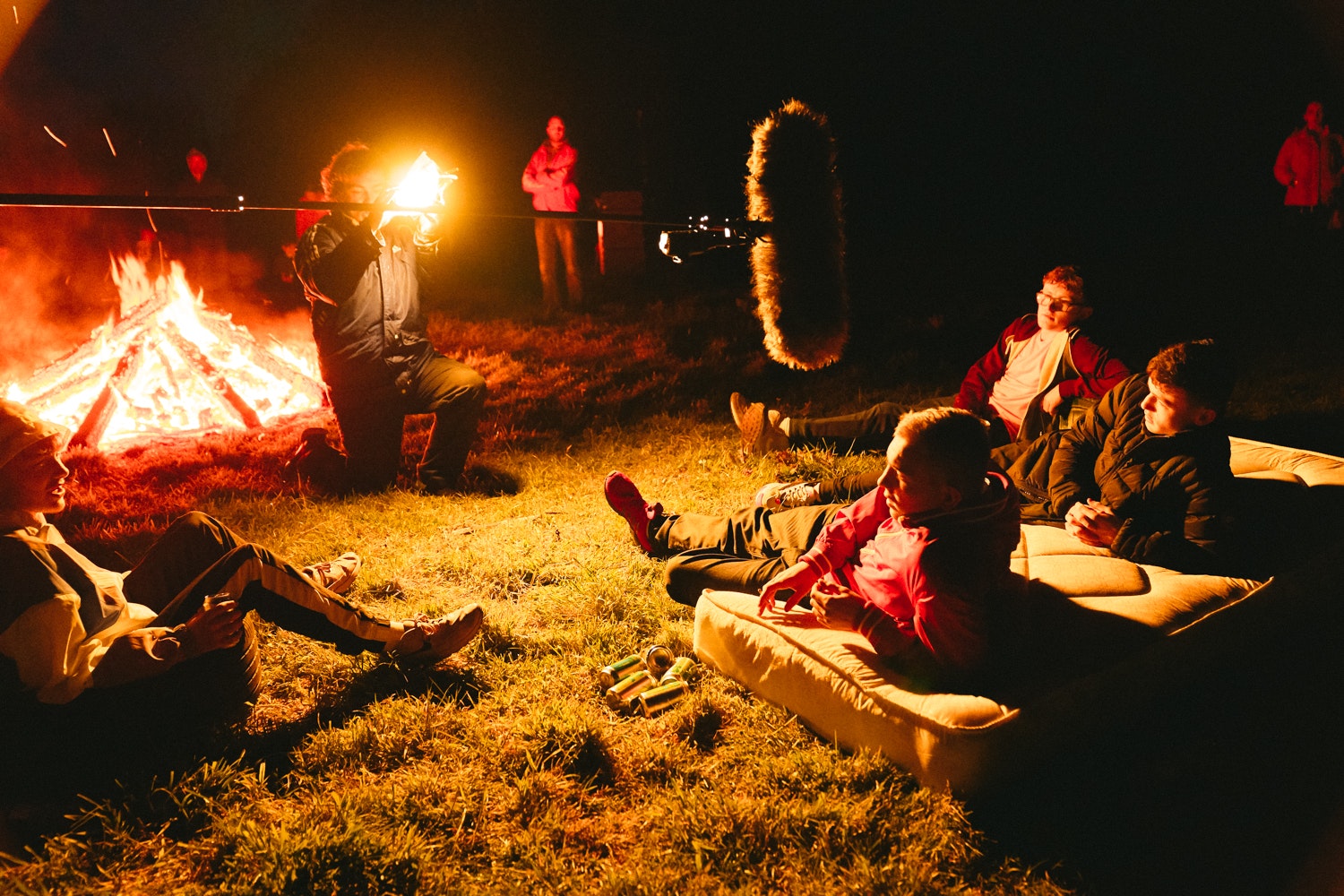
Editing as Emotional Pacing
Christy runs just 15 minutes—but feels much longer, in the best way. The edit by John Cutler resists montage logic. Time seems to dilate. Shots linger a beat too long, or cut abruptly at moments when emotion threatens to surface. This gives the film a sense of unease that mirrors Christy’s mental state.
The structure is deceptively simple: a school day, a walk, a visit, an act of violence. But the editing subverts expectation—not through twists, but through psychological timing.
Masculinity Without Moralising
Perhaps Christy’s greatest accomplishment is that it engages with male violence, shame, and isolation without reducing the character to a message. It resists the trap of redemption arcs or moral instruction. Christy is neither villain nor victim. He is a product of systems and silences—a boy rehearsing manhood without ever having been taught how to feel.
Canty’s script understands that in environments shaped by economic precarity and generational trauma, emotional fluency is a rare language. Christy wants something he can’t name. His violence is a symptom—not an identity.
From Short to Feature
In 2025, Canty returned to Christy—this time as a feature film. The expansion builds on the short’s themes with new characters, deeper relationships, and broader social context. But the DNA of the film—the restrained storytelling, the empathy without sentimentality, the tension in silence—remains intact.
Filmmakers take note: Christy is a case study in how a short film can become a launchpad for longform storytelling. What Canty achieves in 15 minutes is not just a “calling card”—it’s a proof of emotional tone, performance direction, and world-building. The short doesn’t “sell” the feature. It contains it.
Takeaways for Filmmakers
- Write for tension, not exposition. Drop viewers into lived-in moments.
- Let performance drive the story. Dialogue is not always necessary—reaction is everything.
- Use silence as narrative. Every pause is a statement.
- Design your cinematography to reflect the psyche. Don’t just shoot faces—shoot spaces between people.
- Think beyond the short. Does your world feel bigger than 15 minutes? That’s a good thing.
Verdict
Christy is a standout example of narrative minimalism that resonates. It reminds us that the best short films are not fragments—they’re containers of entire worlds.
For viewers, it’s a compelling, emotionally intelligent portrait of youth on the edge.
For filmmakers, it’s a masterclass in restraint, performance direction, and cinematic empathy.
⭐ Curated Shorts Essential
Quiet. Ferocious. Deeply human.




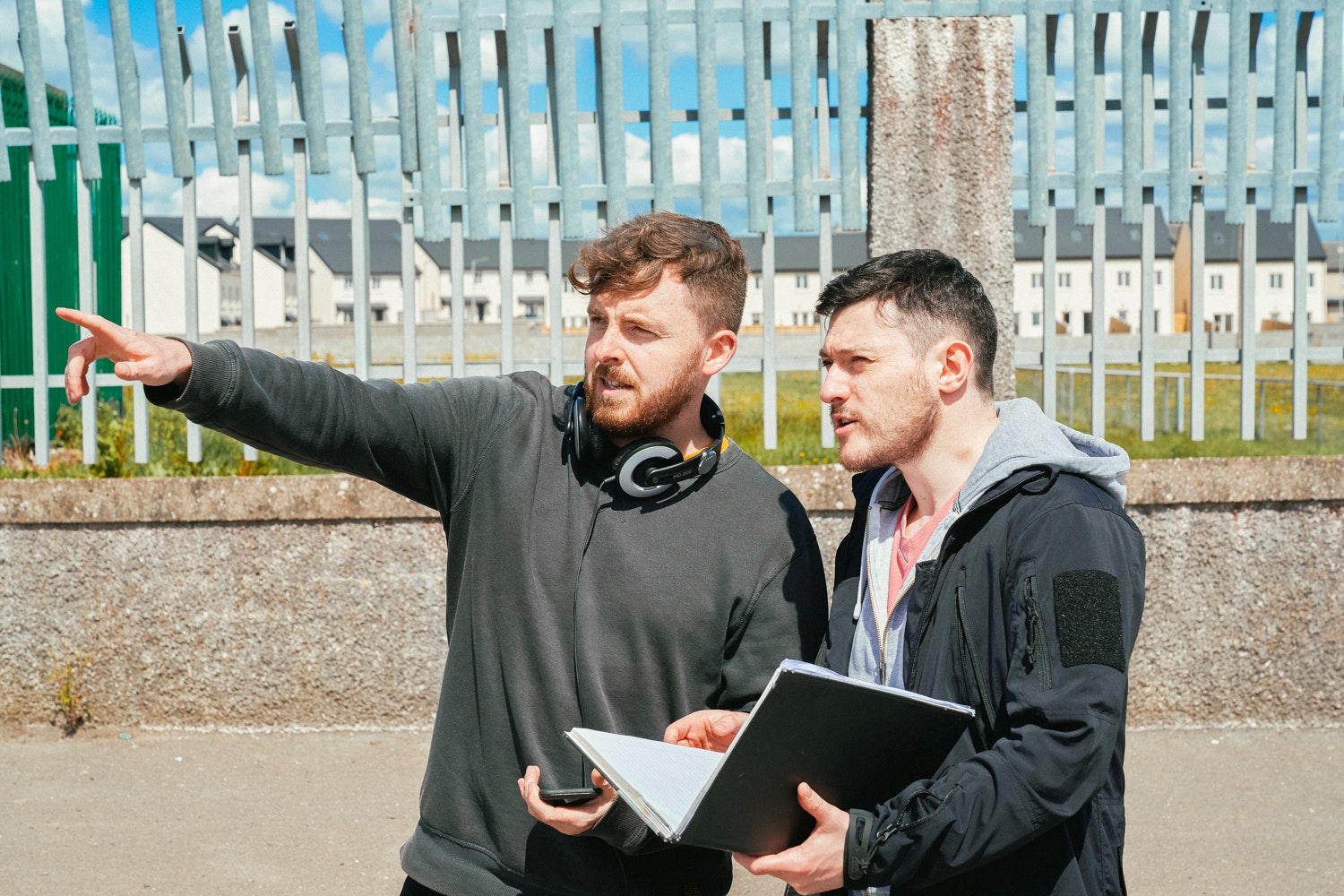
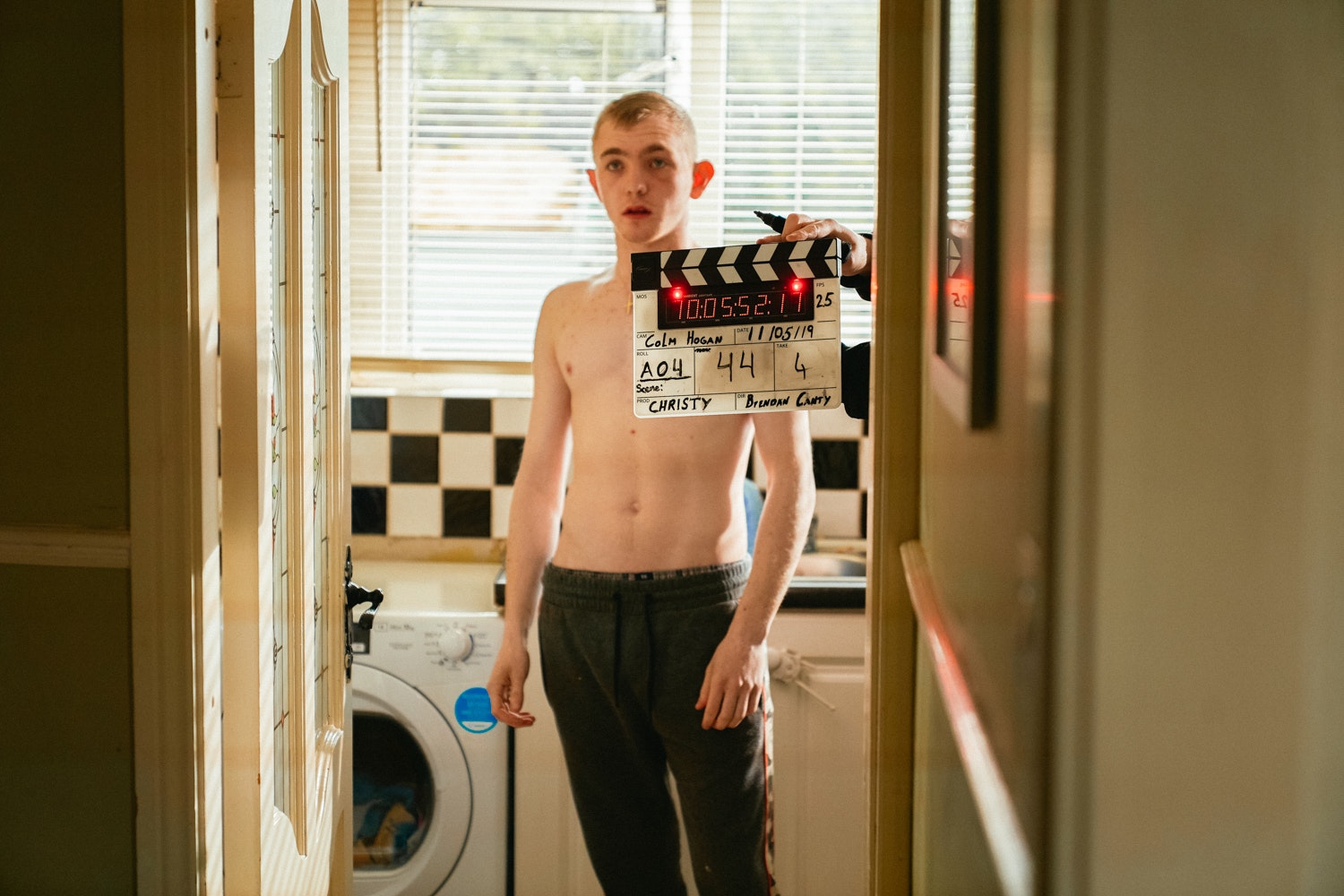
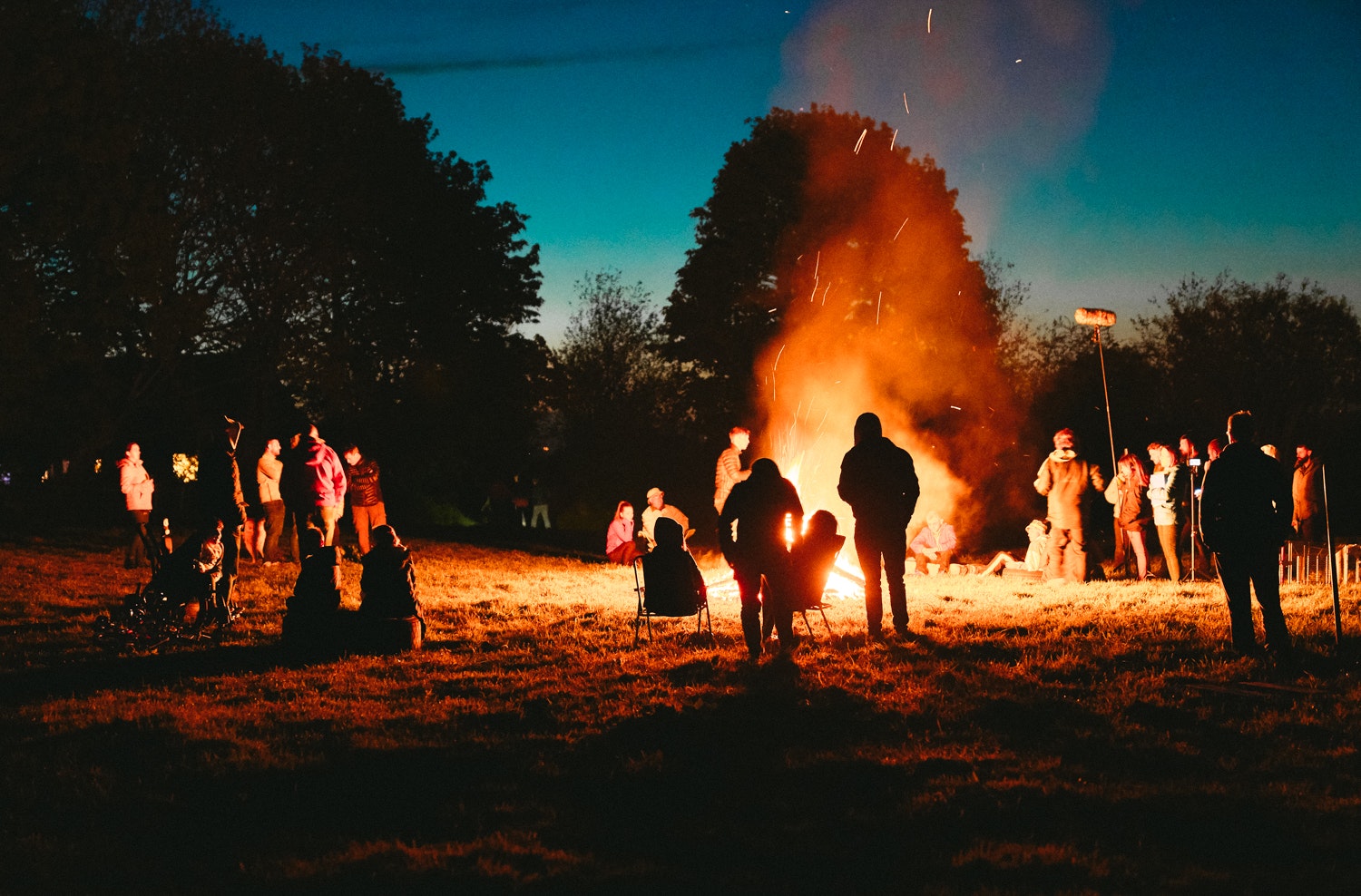
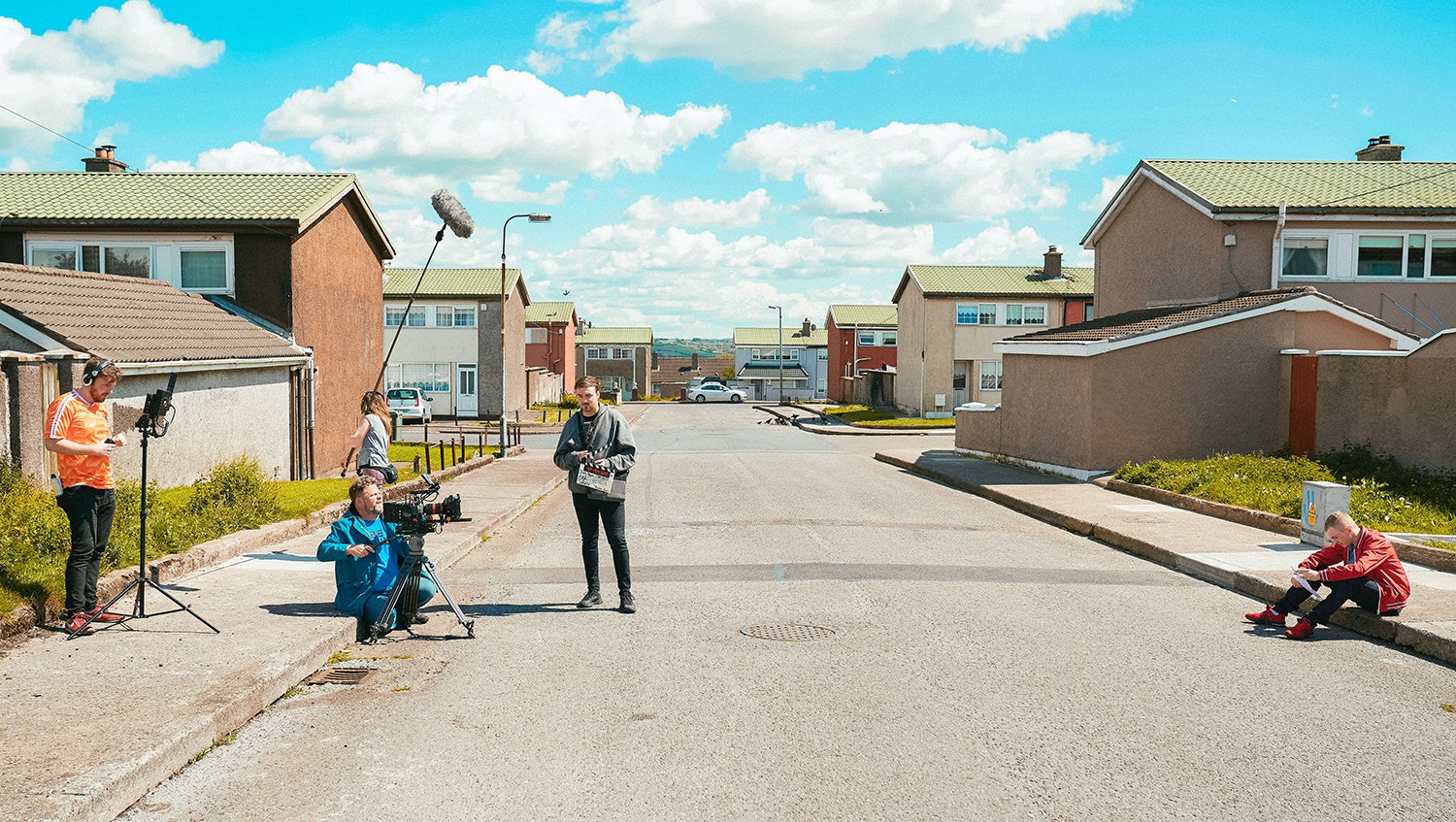
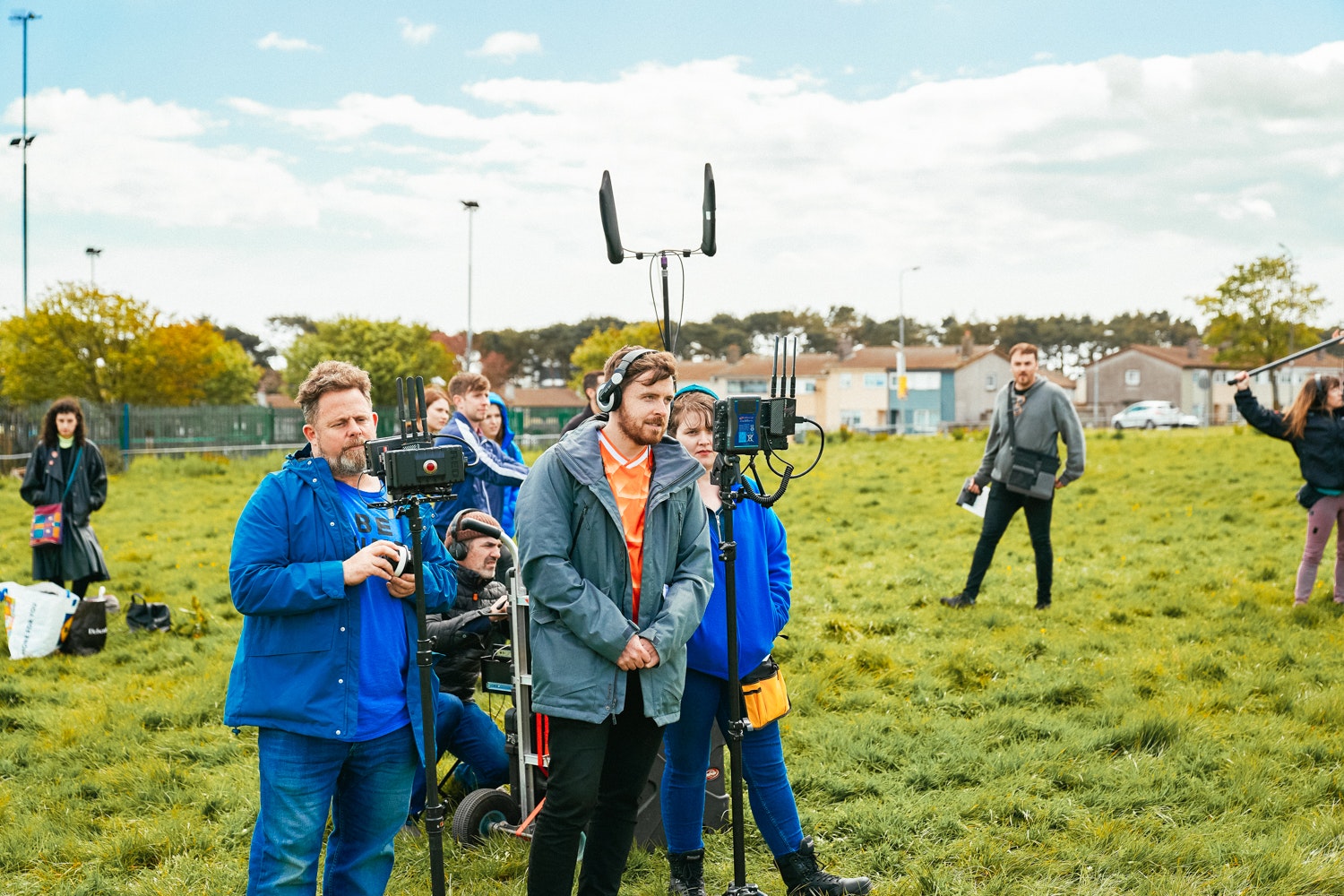
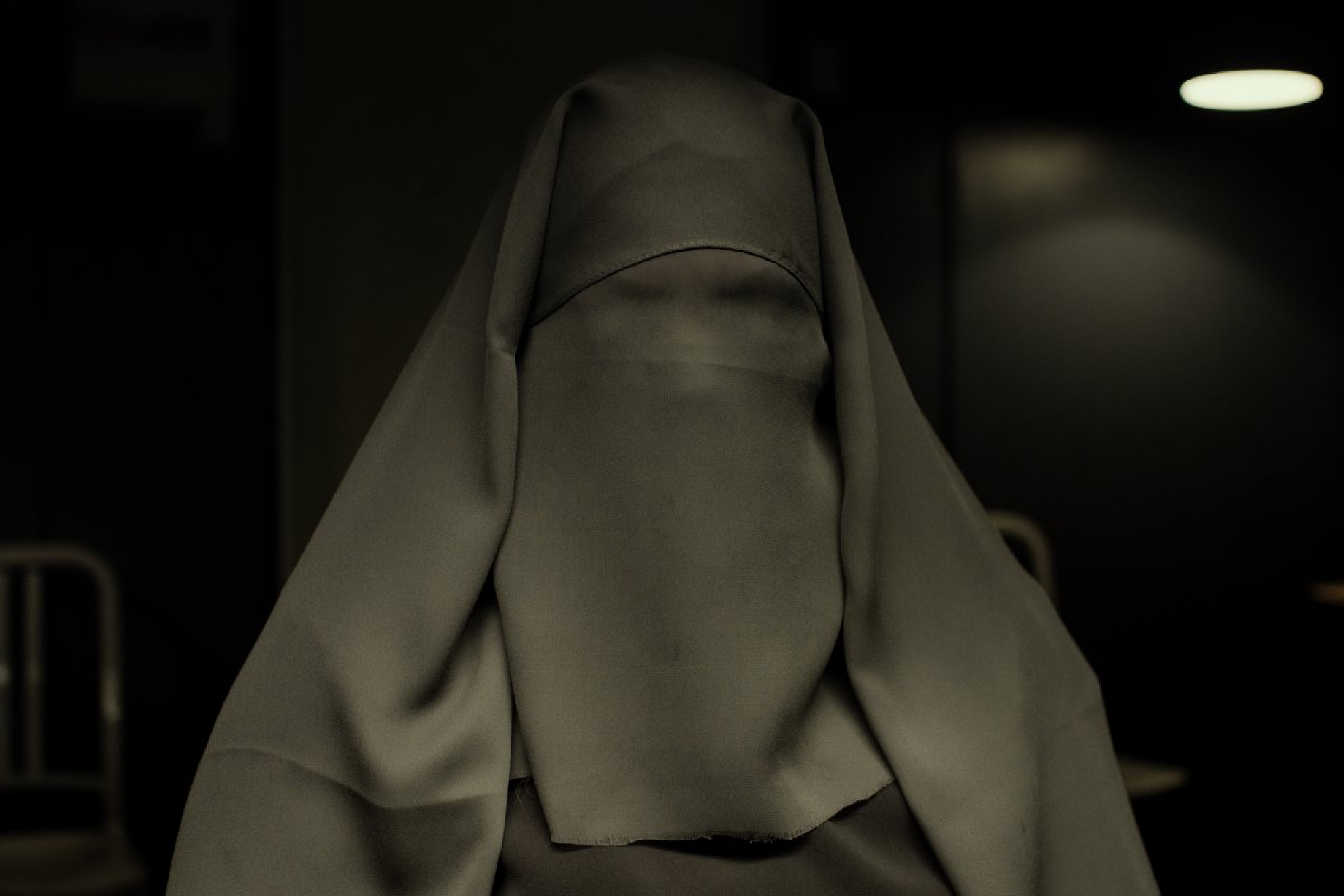
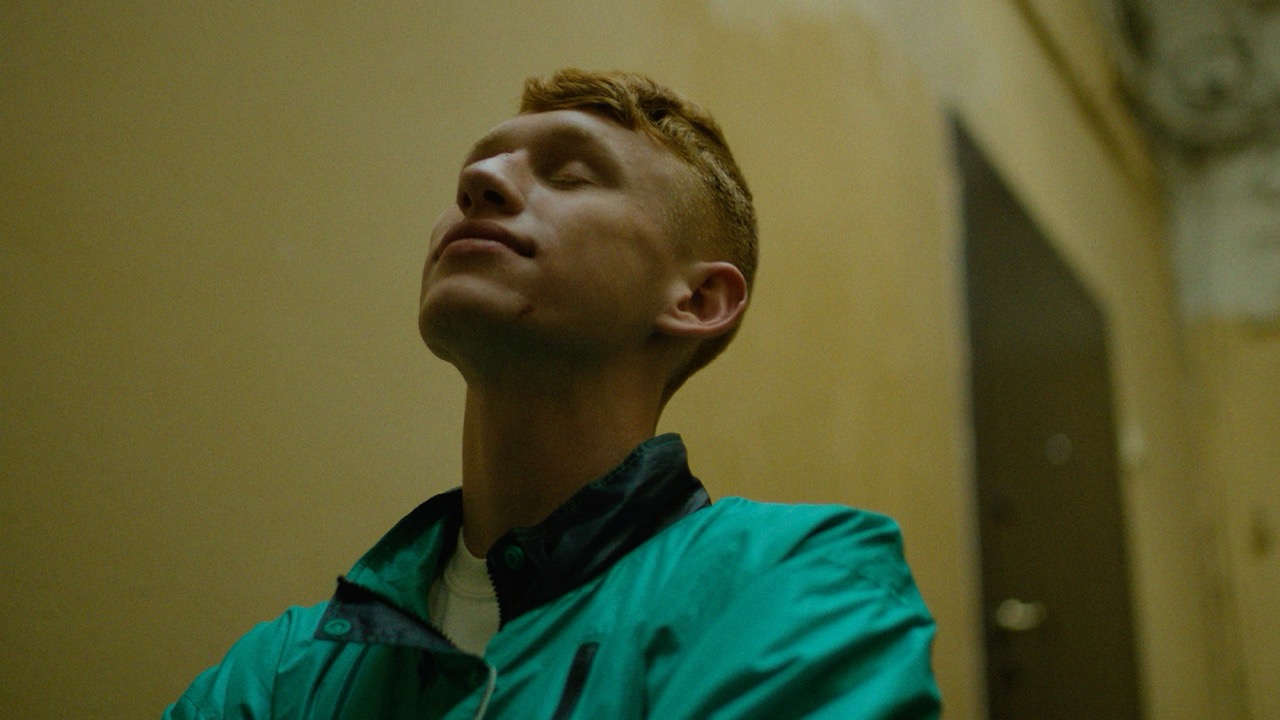
.jpg)
